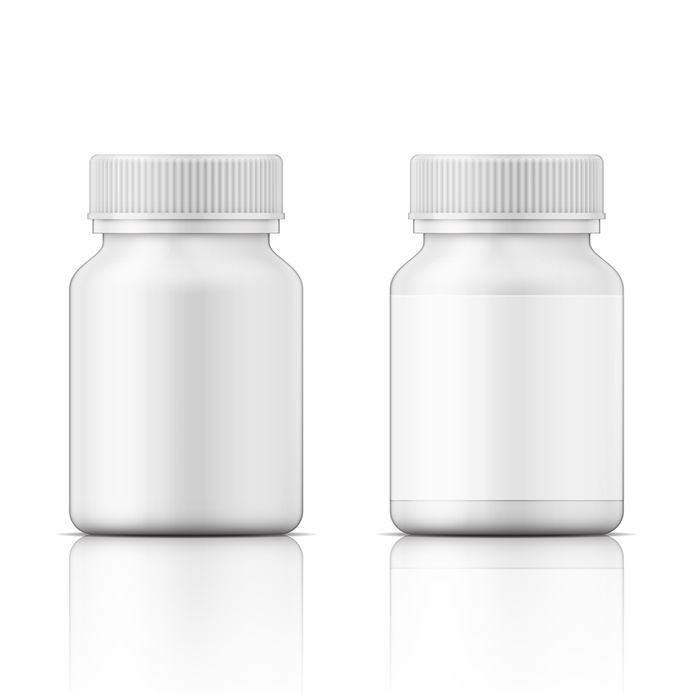
Currently, the world produces and utilizes approximately 600 billion pounds of plastic annually, and the market is continuing to grow at a rate of about 5% a year. Whether they are used for domestic or commercial purposes, plastics products have a wide range of use ranging from packaging and storage of different solid and semi-liquid and liquid products. In the United States, the plastic industry contributes immensely to the economy by the fact that it is the third-largest manufacturing industry. This goes to show how important plastic industry is to many other functions domestic and commercial functions of the economy.
But how exactly are plastics made and what are the some of the methods used to produce different kinds of plastic products? In general, plastic jars, jugs and bottles are manufactured through a process known as blow molding and basically, there are three types of blow molding. These three types are:
1. Injection Blow Molding
2. Extrusion Blow Molding
3. Injection Stretch Blow Molding
Injection Blow Molding
This is one of the effective methods of making small plastic containers, particularly those with no handle. Injection blow molding combines the functions of both injection molding and blow molding in its manufacturing process. Here, a parison or a hot plastic is injected into a mold cavity around a core rod, which is used to form the neck of the plastic product being made. After which, the injected material is then transferred to the next phase on the machine where forced air is pumped and blown into it to create a finished container. Finally, the blow molding plastic product is ejected from the machine through the rod.
One feature that makes this process ideal for making very precise bottlenecks, it’s the core rod. However, this process can’t be used to manufacture complex and complicated shaped plastic containers.
Extrusion Blow Molding
The extrusion blow molding plastic process is probably the simplest type of blow molding. A parison which or a hot mass of plastic is expelled from the metal mold when it is then cooled. When the hot plastic material is expelled, that is when the parison is injected into the mold and the cycle continues. In extrusion blow molding, air is injected via the neck of the container but this is normall done once the molds are closed. The moment the parison injected with hot air and reaches the walls of the mold the material is cooled to form a rigid shape container.
Unlike injection blow molds, the extrusion blow molding process is relatively cheap and custom made bottles can be produced within a short period of time. It’s also effective in making complex products with varying shapes and sizes. However, this process yields a lot of waste materials and it poses issues of product thickness.
Injection Stretch Blow Molding
In this type of blow molding, there are two processes involved. In one process, a solid preform is first made to achieve a threaded bottle neck and then it’s blown into a plastic bottle using an injection stretch blow machine. This process is very appropriate and ideal for making wide mouth commercial jars, liquor bottles, as well as narrow mouth water bottles. Although this blow molding plastic process has some economic advantage, the stretch blow molding equipment and machines are relatively expensive than the other two types of blow molding.